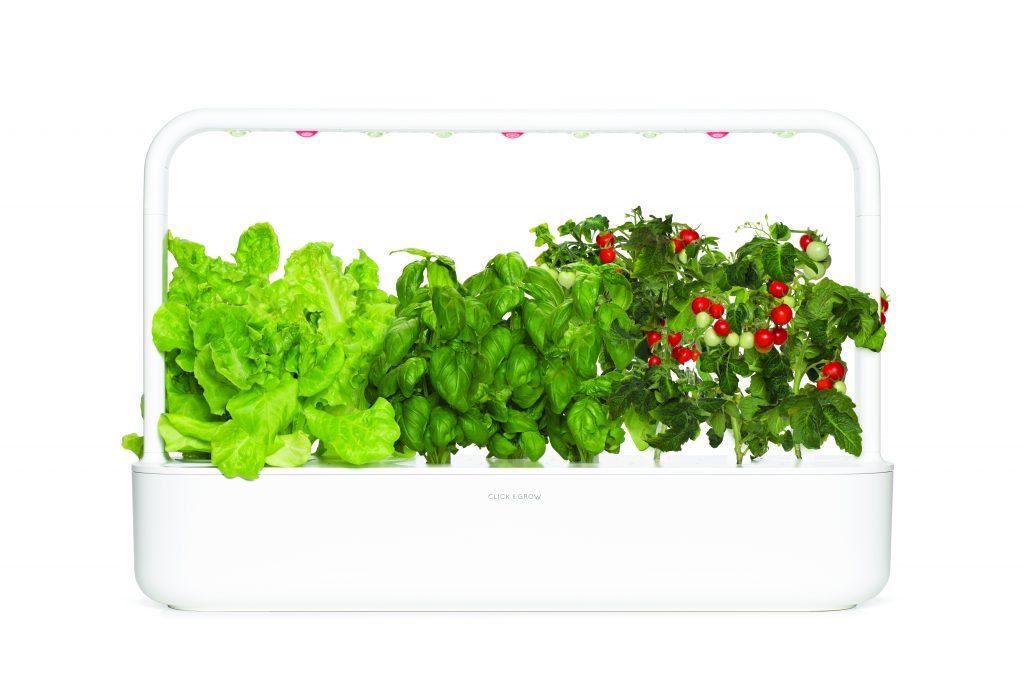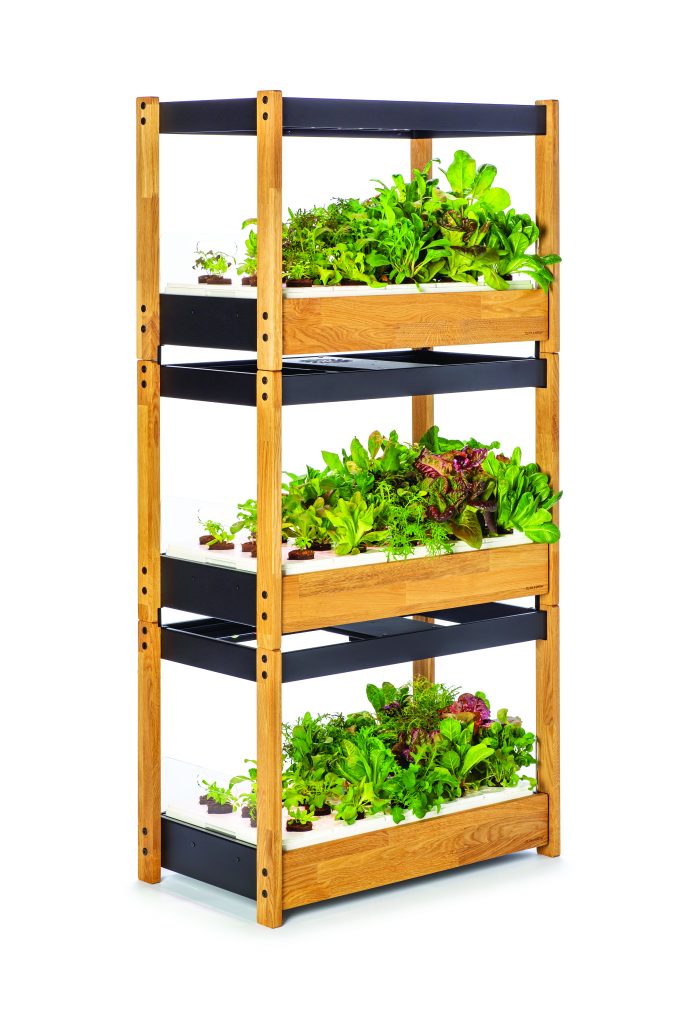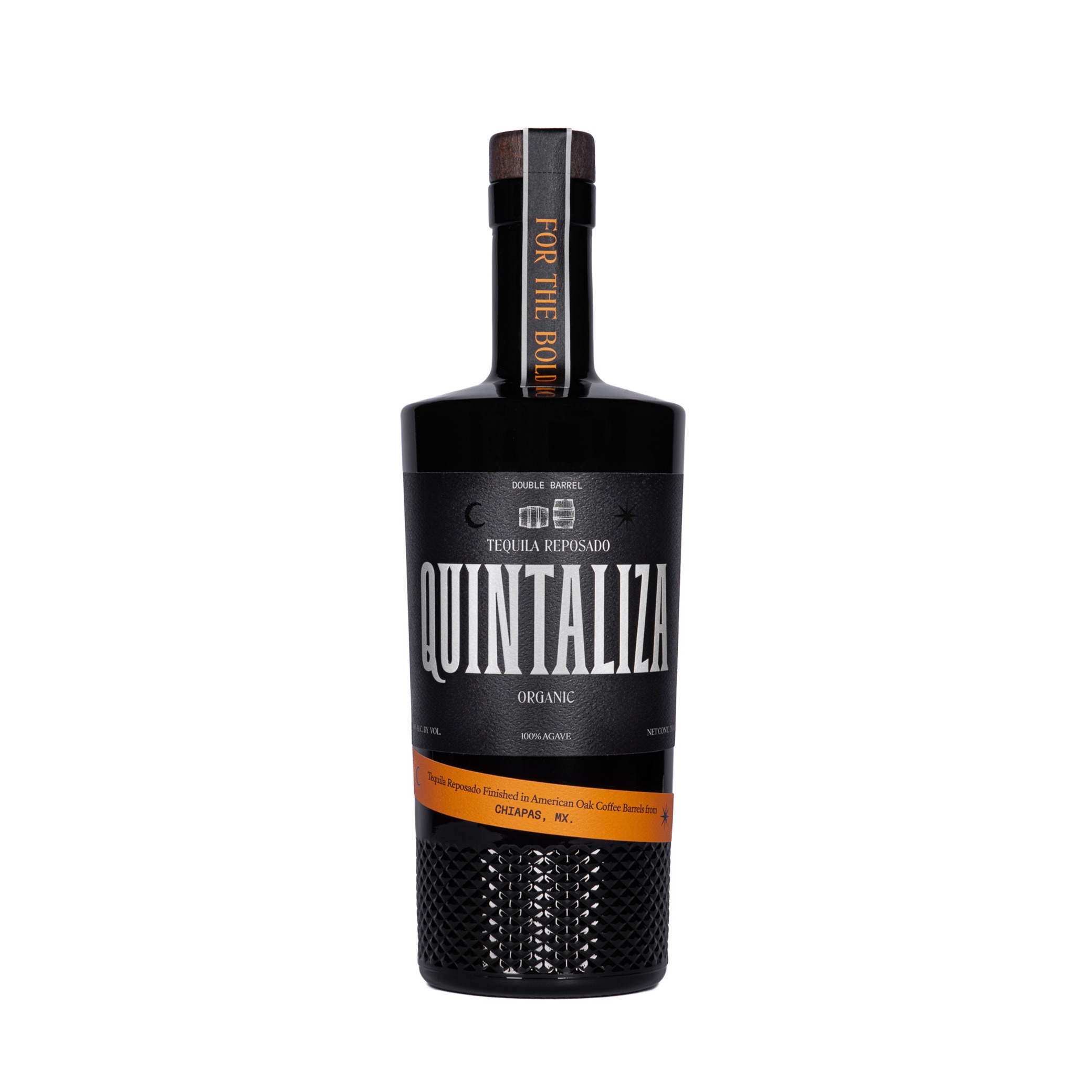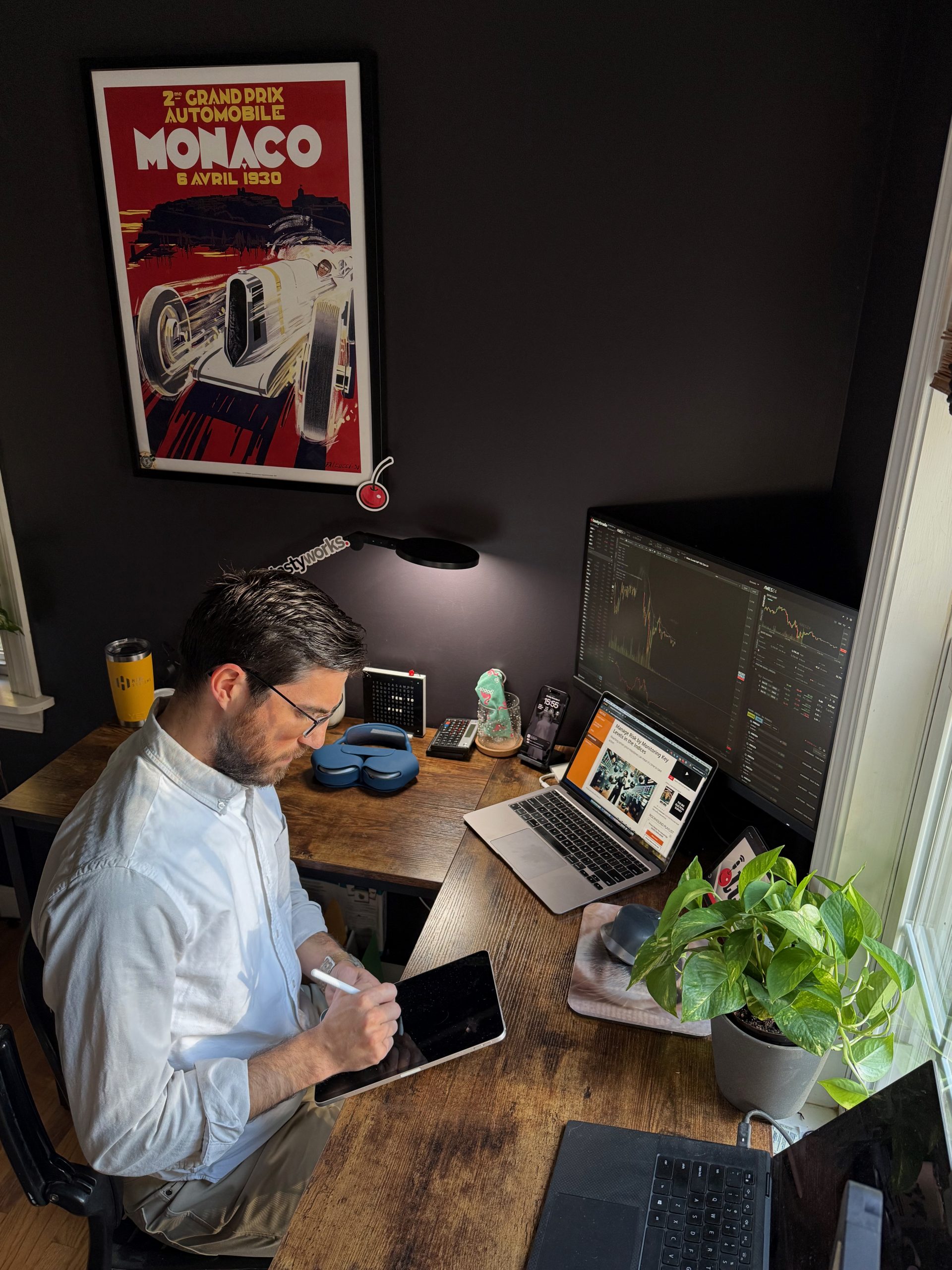Thyme is Money
Savings sprout up in do-it-yourself herb and veggie gardens

Tilling the soil by hand can engender a sense of oneness with nature. It’s a lifestyle, a source of exercise and a moving meditation. Plus, growing your own herbs and veggies in a community garden, backyard vegetable patch or high-tech application can also save you some money on groceries.
The economic angle is no small matter. The cost of food at the supermarket is expected to increase by about 6.2% this year, according to the United States Department of Agriculture. The price of processed fruits and vegetables will rise even more, reaching 9.3% this year, the USDA says.
Moreover, this year’s price hikes come on top of an 11.3% increase in the tab at supermarket checkout counters between January 2022 and January 2023, a CNN report says.
No wonder community gardens where urbanites can get the exclusive use of a small plot of ground are flourishing across the United States. More than 29,000 community gardens dot the concrete landscape in the 100 largest American cities, according to Garden Pals, a website dedicated to nature, gardening and plants.

Community gardens
For more than 45 years, the American Community Garden Association has been building communities by increasing and enhancing community gardens and green space across the U.S. and Canada.
“I always say I believe that every community should have a community garden,” says Cathy Walker, president of the American Community Gardening Association (ACGA). “It’s a safe space; it provides food for those that are in the community; it increases the quality of life.”
Community gardens can lower household food insecurity by up to 90%, according to Garden Pals, and every $1 invested in a community garden yields around $6 worth of produce.
Viewed another way, an 8×12 raised-bed garden can produce $1,000 worth of food a year, ACGA research indicates.
“You can get a pack of tomato seeds for around $2 for at-home use, which comes with 50 to 60 seeds,” Walker says. “So, if you start your own plants, that’s 50 or 60 plants right there.”
Walker hopes every town or neighborhood will someday have a community garden, and she believes everyone should get involved in growing their own food. The two watermelon plants in her own home garden save her about $8 per watermelon, she notes.
Bringing the garden home
For anyone without access to a community garden—or those who want a more personalized approach—at-home and indoor gardens provide herbs, vegetables and flowers.
An even easier method, hydroponic gardening, has provided a user-friendly and non-demanding option for people to grow their own food. Hydroponic gardens use water-based mineral nutrient solutions instead of soil to grow plants. Like hydroponics, aeroponics doesn’t need soil to grow plants but instead relies on air to deliver nutrients.
“Orchids in Japanese forests that grow clinging to trees with their roots dangling in the air served as an inspiration for this technology,” says Mattias Lepp, CEO of Click & Grow, a company he started 14 years ago to help gardeners use hyrdoponics at home.
But aeroponics and hydroponics are far from simple, so Lepp facilitates the process through biomimicry—technology that imitates natural processes. Think of Velcro, which mimics burdock, a common weed with sticky burrs; or football helmets that mimic a woodpecker’s head.
“Technology is just a means to bring modern humans and nature back together,” Lepp says. His company uses tech to offer about 75 varieties of herbs, flowers, leafy greens and more.
Click & Grow’s smallest product, The Smart Garden 3, costs $99.95 and has three pod slots. It grows herbs and flowers all year. But for higher yield and long-term use, the company offers its largest product, The Click & Grow 25. It costs $599 and comes with 54 plant pods and a guaranteed five-week growth and harvest cycle.
Smart gardens are pricey, but someone who cooks with fresh herbs and vegetables can use them to save on groceries. How much you save depends upon what you grow.

Saving on basil
At Click & Grow, one pod of regular basil costs $2.66. There’s no limit to the number of seedlings per pod, but the basil plant lasts only up to 12 weeks before it needs replacement.
Fresh basil costs $2-$4 per ounce at the supermarket. On average, an ounce contains 11 leaves. So, one ounce of fresh basil every week for $3 costs at most $156 a year ($3 x 52 weeks = $156). But a Click & Grow basil pod produces enough leaves for a cost of $19.70 a year (52 weeks / 7 weeks = 7.4 weeks; $2.66 x 7.4 weeks = $19.70).
Besides saving money, smart gardens and shared community gardens reduce food waste and water use. Smart gardens use 95% less water than commonplace agricultural methods, according to the Click & Grow website. In the last year, Click & Grow alone saved 2,089,498 liters of water, while preventing 143,544 kilograms of food waste and 364,382 kilograms of carbon dioxide emissions, the site says.
“You can harvest exactly what you need from a plant, and the plant continues to grow—so nothing goes to waste,” Lepp says.
Smart indoor gardens require less than 15 minutes of work per month, depending on the size of the garden, he notes. There’s no need to add fertilizers or measure the water’s pH level. Smart garden herbs and vegetables also have more vitamins and bioactive substances than vegetables from traditional gardens. “We don’t often consider the significant role that living nature and plants play in our lives,” Lepp says, “but in reality, everything—the air we breathe, the food we eat—is connected with plants.”


















